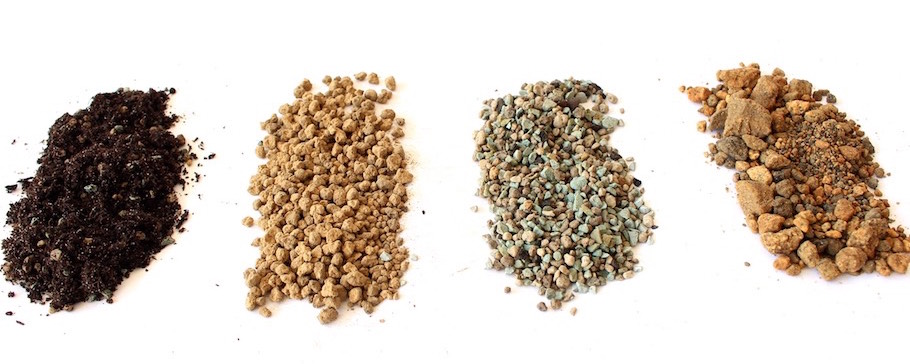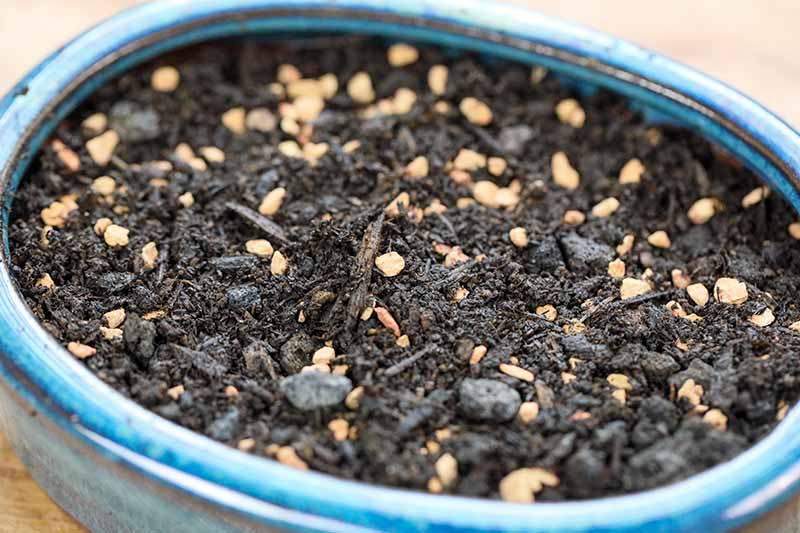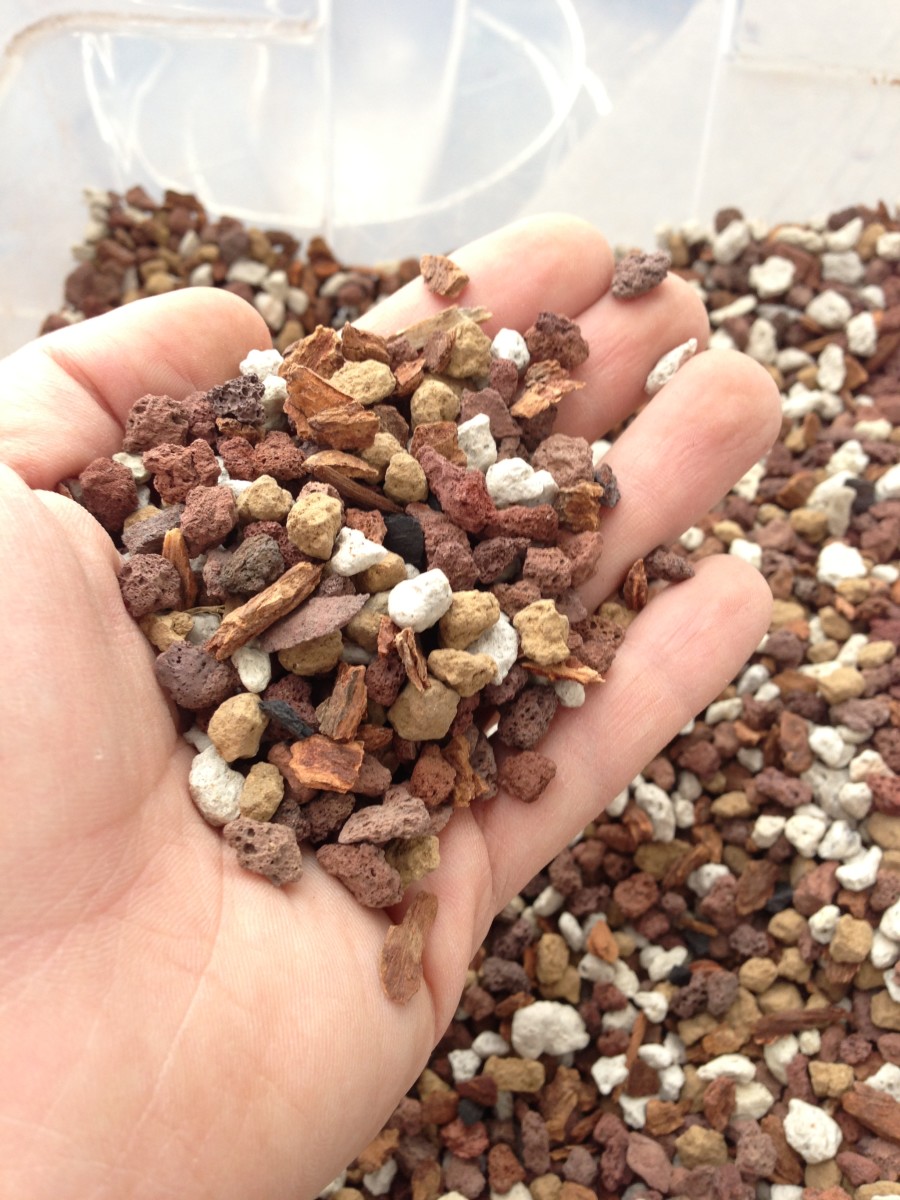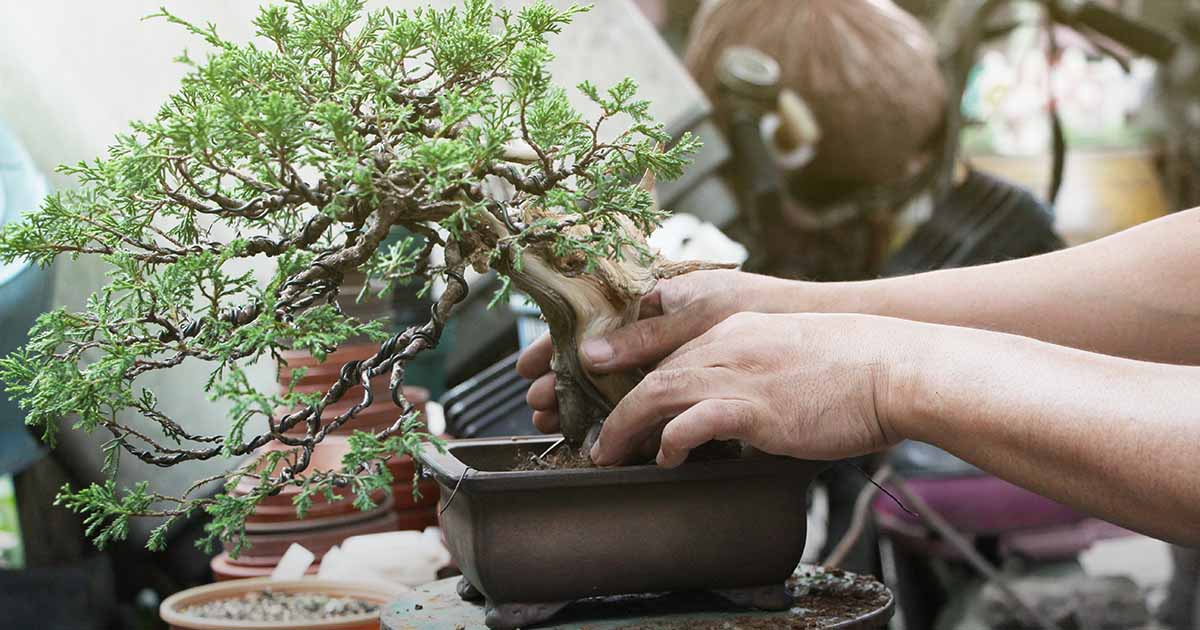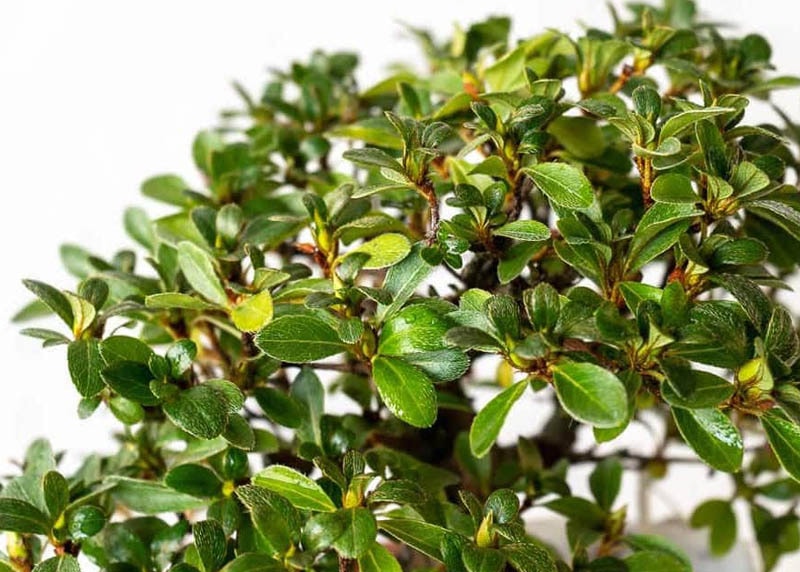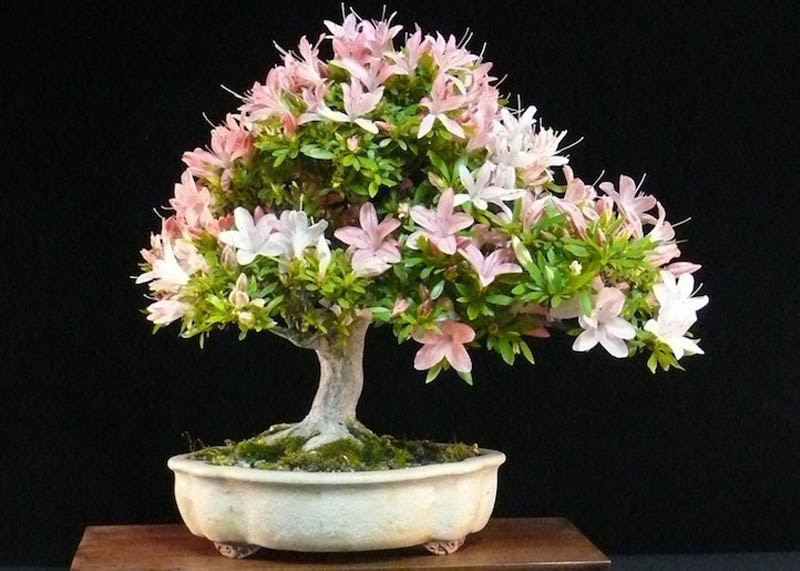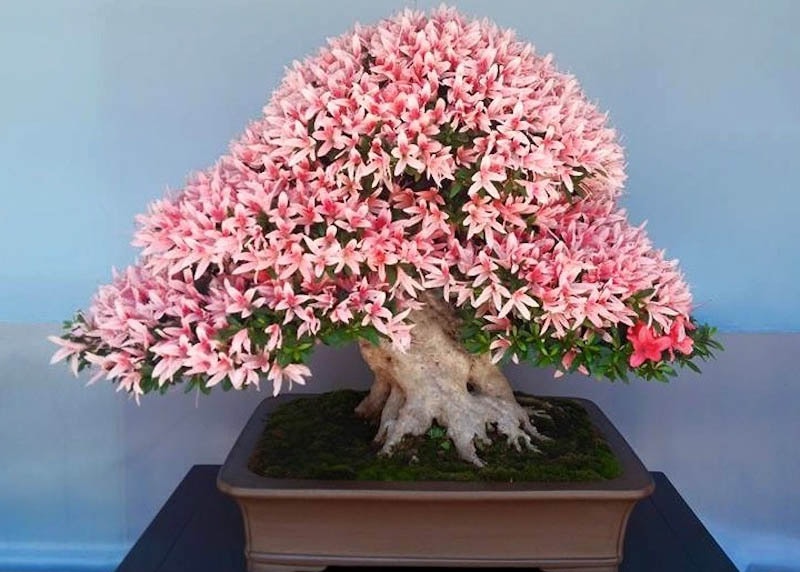The ever well known and versatile Juniper Bonsai: A Guidebook to Picking out the Great Juniper Species - Find the things to look at when choosing a Juniper bonsai and discover well-liked species for different styles.
Junipers are renowned for his or her reputation and flexibility on the earth of bonsai. With more than 70 diverse species from which to choose, Each individual showcasing a novel combination of designs, measurements, and colors, acquiring the best Juniper to your bonsai collection is really an remarkable endeavor.
When picking out a Juniper, crucial components to think about contain measurement and shape, foliage features, progress pattern, hardiness, and Over-all well being. One of the advised Junipers for bonsai are Juniperus Procumbens Nana, Sabina Juniper, Rocky Mountain Juniper, Blue Star Juniper, and Itoigawa Juniper. Each individual species delivers its unique charm and potential for various bonsai designs.
Junipers feature different types of foliage, such as juvenile and mature foliage, which impact the general appearance and suitability for a variety of bonsai types. These hardy, adaptable, and resilient vegetation are equally suitable for novices and seasoned bonsai lovers alike, adding grace and wonder to any bonsai yard.
Whether or not you might be captivated through the artwork of Japanese bonsai or simply take pleasure in the magnificence of such miniature trees, your journey with Junipers is bound to be described as a fruitful just one.
Factors to think about When Choosing a Juniper Bonsai
In relation to choosing a Juniper bonsai, there are lots of things that you ought to consider into account. These things will never only impact the overall glimpse and style of one's bonsai, but they're going to also identify how nicely it thrives and survives in its natural environment.
Size and Shape
The dimensions and form of the Juniper bonsai are very important elements to take into account. Junipers are available a wide range of sizes, from tiny and compact kinds to larger sized, more spreading ones. Think of the Place you have got available for your bonsai and also the aesthetic you need to obtain. Should you have a lesser House, a compact Juniper like Juniperus Procumbens Nana or Blue Star Juniper may very well be an even better possibility. On the other hand, if you have a larger spot to Exhibit your bonsai, a Rocky Mountain Juniper or Sabina Juniper with a far more spreading expansion sample might be suited.
Foliage
The foliage of the Juniper bonsai is an additional essential factor to consider. Junipers have a number of foliage colours, ranging from vivid inexperienced to silvery blues. Some species even have variegated foliage, which provides an additional factor of curiosity towards the bonsai. Think about the General colour plan and elegance you need to realize together with your bonsai. Moreover, consider the feel on the foliage. Junipers have needle-like leaves that can differ in size and thickness, supplying your bonsai distinct Visible outcomes.
Progress Pattern
The expansion sample of the Juniper bonsai performs a substantial position in its General aesthetic. Some Junipers have an upright expansion practice, while some Have a very cascading or prostrate growth sample. The selection of development sample will depend on your own choice along with the style of bonsai you want to create. If you're aiming for a far more standard and official glance, an upright Juniper like Itoigawa Juniper will be a terrific preference. Nonetheless, if you like a far more all-natural and flowing look, a cascading variety like Rocky Mountain Juniper might be extra suited.
Hardiness and Wellness
Hardiness and health are essential variables to take into consideration When selecting any bonsai, and Junipers are recognized for their resilience. They may be hardy trees that will withstand an array of climates and conditions. On the other hand, It is however necessary to decide on a Juniper species that is definitely very well-suited for your distinct surroundings. Study the hardiness zone of your respective region and pick a Juniper which can thrive in Individuals conditions. Moreover, meticulously inspect the wellness with the tree right before getting, on the lookout for indications of pests, diseases, or some other difficulties that could influence its very long-term viability.
Well-liked Juniper Species for Bonsai
Junipers are very common for bonsai because of their flexibility and aesthetic appeal. You will find more than 70 unique species of Juniper, each with its special attributes and attributes which make them well suited for bonsai cultivation. Below are a few of the most popular Juniper species for bonsai:
Juniperus Procumbens Nana
Juniperus Procumbens Nana, generally known as the Dwarf Japanese Backyard garden Juniper, is a remarkably sought-just after species for bonsai. It's got a compact development routine, which makes it perfect for smaller bonsai shows. This Juniper has lively inexperienced foliage that turns bronze while in the Winter season, adding seasonal curiosity towards your bonsai. Juniperus Procumbens Nana is actually a hardy species that could stand up to several climates, which makes it suited to bonsai lovers of all practical experience degrees.
Sabina Juniper
Sabina Juniper, scientifically often known as Juniperus Sabina, is a well-liked choice for bonsai as a result of its cascading development routine and exclusive foliage. It has needle-like leaves that may range between dark green to blue-environmentally friendly, with a few types exhibiting variegated foliage. Sabina Juniper is actually a hardy species that's nicely-suited for bonsai cultivation. Its cascading branches make an elegant and organic physical appearance, rendering it a favourite between bonsai lovers.
Rocky Mountain Juniper
The Rocky Mountain Juniper, scientifically often called Juniperus scopulorum, is a local North American species known for its rugged and natural visual appearance. It's a spreading development pattern, with branches that twist and switch to produce an intriguing silhouette. Rocky Mountain Juniper contains a blue-environmentally friendly foliage shade that offers it a novel and striking appear. This species is well-suited to bonsai styles that aim to mimic the natural growth patterns of trees.
Blue Star Juniper
Blue Star Juniper, or Juniperus squamata 'Blue Star,' is actually a compact and gradual-rising species which is great for more compact bonsai shows or rock gardens. It's dense, silvery blue foliage that retains its shade All year long. Blue Star Juniper is nicely-recognized for its hanging look and talent to resist harsh ailments. This species is a popular alternative amongst bonsai lovers who want to develop a serene and visually captivating bonsai.
Itoigawa Juniper
Itoigawa Juniper, scientifically often known as Juniperus chinensis 'Itoigawa,' is really a highly prized and sought-after species for bonsai. It's a compact and upright growth pattern, making it ideal for official and conventional bonsai kinds. Itoigawa Juniper has vibrant inexperienced foliage that brings vibrancy and daily life to any bonsai display. This species needs thorough and precise pruning to take care of its unique form and form, which makes it a favorite between skilled bonsai fanatics.

Different Types of Foliage in Junipers
Junipers are known for their unique and visually appealing foliage, which adds character and beauty to bonsai displays. Understanding the different types of foliage in Junipers is essential for creating bonsai styles that suit your preferences and showcase the natural beauty of these trees.
Juvenile Foliage
Young Juniper trees often display juvenile foliage, which is typically different from their mature foliage. Juvenile foliage in Junipers is often more needle-like and soft in texture. It tends to have a lighter green color and gives the bonsai a more delicate and youthful appearance. Juvenile foliage can be quite attractive and adds a sense of freshness and vigor to the bonsai.
Mature Foliage
As Juniper trees age, they gradually transition from their juvenile foliage to mature foliage. Mature foliage in Junipers is usually denser and has a more compact appearance. The needle-like leaves may vary in size, shape, and color depending on the specific Juniper species. Mature foliage tends to have a deeper green color, creating a more mature and refined aesthetic for the bonsai.
Impact on Bonsai Styles
The type of foliage in Junipers has a significant impact on the overall bonsai style that you can achieve. Juvenile foliage is often preferred for creating bonsai styles that aim to mimic the appearance of young and natural trees. It works well for informal or semi-cascade styles, as the delicate foliage complements the flowing and organic shapes. On the other hand, mature foliage is suitable for more formal and upright styles, like the formal upright or broom styles. The denser and compact appearance of mature foliage adds a sense of maturity and structure to the bonsai.
Versatility and Resilience of Juniper Bonsai
Junipers are renowned for their versatility and resilience, which is why they are highly recommended for both beginners and experienced bonsai enthusiasts. Their ability to adapt to different environments and their hardy nature make them an excellent choice for bonsai cultivation.
Suitability for Beginners and Experienced Enthusiasts
Junipers are an ideal choice for beginners entering the world of bonsai. They are relatively easy to care for and forgiving of minor mistakes, making them a great plant for beginners to practice their bonsai techniques. Junipers require regular watering, adequate sunlight, and occasional pruning to maintain their health and shape. As beginners gain more experience and knowledge, they can experiment with advanced techniques like wiring and branch manipulation to create more intricate and refined bonsai.
Experienced bonsai enthusiasts also appreciate Junipers for their versatility and ability to challenge their skills. Junipers can be shaped into a wide variety of bonsai styles, from informal and windswept to more formal and upright forms. The intricate branching patterns and unique foliage allow experienced bonsai aficionados to showcase their creativity and expertise in creating visually stunning bonsai.
Adaptability to Different Environments
Another remarkable quality of Junipers is their adaptability to different environments. These trees are known for their ability to withstand, and even thrive in, various climates and conditions. Whether you live in a hot and arid region or a cooler and wetter climate, there is likely a Juniper species that can thrive in your area. It's essential to choose a Juniper species that is well-suited to your specific climate to ensure its long-term health and survival.
Junipers are also adaptable to different growing conditions, making them suitable for both indoor and outdoor bonsai displays. With proper care and attention, Junipers can adapt to growing in containers, allowing bonsai enthusiasts with limited outdoor space to enjoy these beautiful trees. Indoor Juniper bonsai typically require more care and monitoring due to the controlled environment, but they can still thrive and bring natural beauty into your home.

Creating a Japanese Bonsai Forest
One of the most enchanting ways to display Juniper bonsai is by creating a Japanese bonsai forest. This technique involves planting multiple Juniper bonsai together, simulating a small forest or woodland scene. Japanese bonsai forests are visually striking and evoke a sense of tranquility and harmony.
To create a Japanese bonsai forest, select several Juniper bonsai trees of different heights and shapes. Arrange them in a shallow bonsai container, taking care to create varying levels and depths to mimic the natural landscape. Use a well-draining bonsai soil mixture to ensure the healthy growth and development of each tree.
Once planted, the Juniper bonsai trees should be pruned and shaped to enhance the overall aesthetics of the forest. Pruning techniques such as branch selection, wiring, and pinching can be employed to create a balanced and harmonious composition. Pay attention to the spacing between the trees and the visual flow of the forest, ensuring that each individual tree is visible yet contributes to the overall unity of the scene.
Adding small accessories such as rocks, moss, or miniature figurines can further enhance the ambience of the Japanese bonsai forest. These elements help create a sense of scale and bring the bonsai display to life.
Creating a Japanese bonsai forest with Juniper trees allows you to capture the beauty and serenity of a natural woodland landscape in a miniature form. It is a captivating and rewarding project for bonsai enthusiasts of all levels of experience.
Utilizing Artificial Bonsai in Japanese Gardens
While live and authentic Juniper bonsai are highly prized, artificial bonsai can also be utilized in Japanese gardens to create a unique and low-maintenance display. Artificial bonsai trees offer several advantages, such as consistent appearance, durability, and the ability to showcase intricate and delicate bonsai styles that may be challenging with live plants.
Artificial Juniper bonsai trees often mimic the appearance of real trees, complete with detailed foliage and realistic textures. They require minimal maintenance, as they do not need watering, pruning, or exposure to sunlight. This makes artificial bonsai an excellent choice for those who have limited time, resources, or access to outdoor spaces.
In Japanese gardens, artificial Juniper bonsai can be strategically placed to provide focal points, add a sense of serenity, or enhance the overall aesthetics of the landscape. They can be displayed on a stone pedestal, placed on a wooden platform, or integrated into a rock garden. Artificial bonsai allows for flexibility in design, as they can be easily moved or rearranged without the concern of damaging live plants.
When selecting artificial Juniper bonsai, choose ones that have a high-quality and realistic appearance. Look for bonsai trees that have finely crafted foliage, textured bark, click here and natural-looking branches. Avoid bonsai trees that have obvious and unnatural features, as they can detract from the overall beauty and authenticity of the display.
Utilizing artificial bonsai in Japanese gardens provides an opportunity to enjoy the elegance and tranquility of bonsai without the maintenance requirements of live plants. It allows you to create a timeless and visually captivating landscape that can be appreciated year-round.

The Beauty of Old Juniper Bonsai
One of the most captivating aspects of Juniper bonsai is the beauty that develops over time as they age. Old Juniper bonsai are highly sought-after and valued for their unique characteristics and display of maturity.
As Juniper bonsai mature, their trunks thicken and develop intricate and textured bark. The once slender and delicate branches become gnarled and twisted, adding a sense of character and wisdom to the bonsai. The overall shape and structure of the tree evolve, contributing to a more natural and harmonious appearance.
The foliage of old Juniper bonsai also undergoes changes. The once vibrant green foliage may mellow to a deeper and richer shade, adding depth and complexity to the overall color palette of the bonsai. The aging foliage, combined with the textured bark and mature form, creates a sense of undeniable beauty and elegance.
Caring for old Juniper bonsai involves regular pruning, wiring, and shaping to maintain their distinct form and feature. Proper watering, fertilization, and attention to environmental conditions are essential to ensure the health and longevity of these valuable bonsai trees.
Old Juniper bonsai are highly sought-after by bonsai collectors and enthusiasts due to their unique and visually stunning appearance. They embody the beauty of nature and exemplify the patience and dedication required to cultivate and care for bonsai.
The Elegance of Rock Juniper Bonsai
Rock Juniper bonsai, also known as "Sekijoju," are a distinct and elegant style of bonsai that incorporates natural rock formations and Juniper trees. This style originated in Japan and has become increasingly popular worldwide due to its striking and harmonious composition.
The essence of a Rock Juniper bonsai lies in the careful integration of the Juniper tree with the rock, creating a seamless transition between the two elements. The trunk of the Juniper is often positioned to emerge from a crevice in the rock, giving the impression that the tree is growing directly from the stone. This symbiotic relationship between the tree and the rock creates a visually captivating and intriguing bonsai.
Rock Juniper bonsai require specific techniques to achieve the desired effect. The tree's roots must be meticulously trained and positioned to wrap around or cling to the rock, further enhancing the impression of natural growth. The foliage and branches of the Juniper are carefully pruned and shaped to complement the rhythm and contours of the rock, creating a balanced and visually appealing composition.
The selection of an appropriate rock is essential in creating a harmonious Rock Juniper bonsai. Rocks with interesting textures, colors, and shapes are preferred, as they add depth and character to the overall display. The size and shape of the rock should be click here proportional to the size of the Juniper tree, ensuring a balanced and aesthetically pleasing bonsai.
Rock Juniper bonsai exemplify the beauty and elegance of Japanese bonsai artistry. They evoke a sense of tranquility and a connection to nature, making them a favorite among bonsai enthusiasts who appreciate the unique and artistic aspects of this style.

Exploring the Charm of Cypress Bonsai
Cypress bonsai, also known as "Hinoki" in Japanese, are highly regarded for their exquisite foliage, elegant form, and captivating fragrance. These evergreen trees have been cultivated for centuries in Japan and are renowned for their charm and aesthetic appeal.
Cypress bonsai belong to the Cupressaceae family, with Hinoki Cypress (Chamaecyparis obtusa) being the most popular species for bonsai cultivation. Hinoki Cypress has feathery, scale-like foliage that varies in color from vibrant green to golden tones. The foliage emits a distinct and pleasant fragrance, adding to the overall allure of the bonsai.
When styling a Cypress bonsai, attention is given to creating a balanced and graceful form. The trunk is often straight and slender, with gently cascading branches that create a sense of movement and elegance. The foliage is pruned and thinned to highlight the unique texture and color, allowing the viewer to appreciate the intricate details of the tree.
Cypress bonsai require specific care to thrive and maintain their beauty. They prefer a slightly acidic soil mix and moderate watering, allowing the soil to dry out slightly between waterings. These trees thrive in bright, indirect sunlight, but they can tolerate partial shade. Regular pruning and wiring are necessary to shape and maintain the desired form of the bonsai.
The fragrance and get more info beauty of Cypress bonsai make them highly coveted among bonsai enthusiasts. They bring a touch of elegance and sophistication to any bonsai collection or Japanese garden, captivating all who encounter them.
Enhancing Bonsai with a Bonsai Garden
Creating a dedicated bonsai garden is a wonderful way to showcase and enjoy your Juniper bonsai, as well as other bonsai species. A bonsai garden provides a tranquil and immersive environment where you can appreciate the beauty and artistry of these miniature trees.
When designing a bonsai garden, consider the overall layout, aesthetics, and functionality. Start by selecting a suitable location that receives adequate sunlight and provides protection from harsh weather conditions. The size of the garden will depend on the number and size of bonsai trees you wish to display.
Integrate various elements into your bonsai garden to enhance its appeal. Incorporate rocks, gravel, and moss to create a natural and harmonious setting for your Juniper bonsai. Add pathways and stepping stones to navigate the garden, allowing for easy access and a sense of discovery. Consider incorporating water features or small ponds to introduce a sense of tranquility and serenity.
Group your Juniper bonsai together to create a visually cohesive display. Pay attention to the varying heights, sizes, and shapes of the trees to create depth and interest. Experiment with different bonsai styles to add variety and showcase the versatility of Junipers.
Accessorize your bonsai garden with small Japanese lanterns, stone lanterns, or bonsai display tables to elevate the overall aesthetics. These accessories add a touch of traditional Japanese charm and provide focal points within the garden.
Regular maintenance and care are essential to keep your bonsai garden looking its best. Pruning, watering, and fertilization should be carried out regularly to ensure the health and vitality of your Juniper bonsai and other bonsai specimens. Regularly inspect the trees for pests, diseases, or any other issues that may affect their well-being.
A well-designed and thoughtfully created bonsai garden provides a sanctuary where you can escape the stresses of everyday life and immerse yourself in the beauty and tranquility of nature. It is a space that allows you to appreciate the artistic and peaceful essence of Juniper bonsai and the captivating world of bonsai as a whole.

Does a Juniper Make a Good Bonsai Tree?

